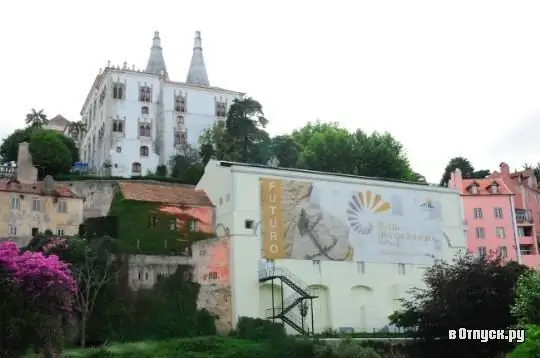
Description of the attraction
The Natural History Museum of Sintra is located in the old part of the city, in a 19th century building. The museum has a permanent exhibition based on a collection that belongs to Miguel Barbosa and his wife, Fernanda Barbosa. The professor and his wife have been collecting a unique collection for over 50 years. It has more than ten thousand exhibits, among which there are fossils and minerals collected in different parts of the world. The collection of the museum is of cultural and scientific value. The grand opening of the museum took place in August 2009.
In addition to the permanent exhibition, temporary exhibitions are also held on the premises of the museum. There is a multimedia room where you can learn something new about evolutionary processes, a laboratory, a scientific research room. If you want to relax, you can visit the cafeteria in the museum, shop and enjoy the fresh air in the museum garden.
The Natural History Museum is one of the most modern museums in the Lisbon region (there are only four of them), which contains the richest collection of exhibits. The museum exhibits show the history of the formation of the earth and changes that took place over millions of years in different geological periods, from the Precambrian period to the Quaternary period, known as the period of severe cooling on the earth. The collection is divided into four thematic zones, allowing you to trace the evolution of the earth and its inhabitants from the very beginning. The first zone is devoted to fossils (paleontology), the second - mineralogy, tells about minerals, the third - malacology, that is, devoted to mollusks, and the last - petrography, tells about stones. The museum also displays a variety of life-size dinosaurs and learns about the life of prehistoric humans.






